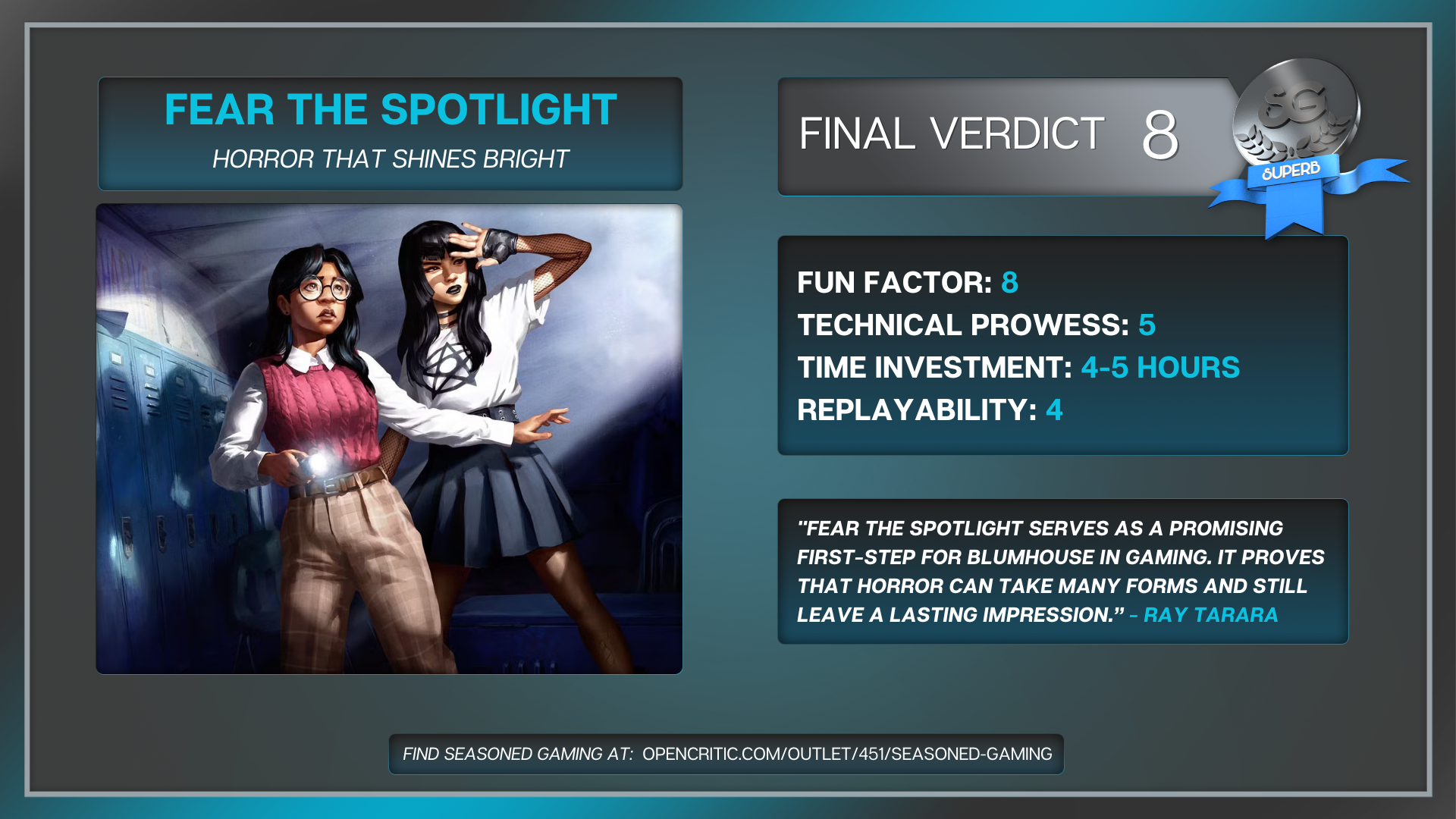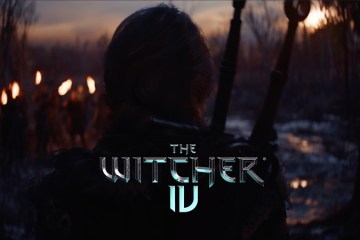Fear the Spotlight is a 90s-inspired horror game developed by Cozy Game Pals and published by the newly formed Blumhouse Games. Originally a passion project between a husband and wife team, the game caught the attention of Blumhouse, which provided extra resources and time to refine it for re-release.
Interestingly, Fear the Spotlight was initially released independently on Steam, where it garnered praise from early players. With Blumhouse’s support, however, Cozy Game Pals temporarily pulled the game from the store to add additional polish and content. The re-release reflects a new level of refinement while retaining the heart of the original indie project.
Blumhouse, best known for its horror film successes, such as Paranormal Activity, Insidious, and Sinister, is making its first foray into video games with Fear the Spotlight. Their choice to back this as an indie horror title may seem like a gamble, but Blumhouse has expressed interest in supporting indie titles that experiment with new ways of telling horror stories. And, thankfully, their investment has paid off.
Old-School Horror Charm
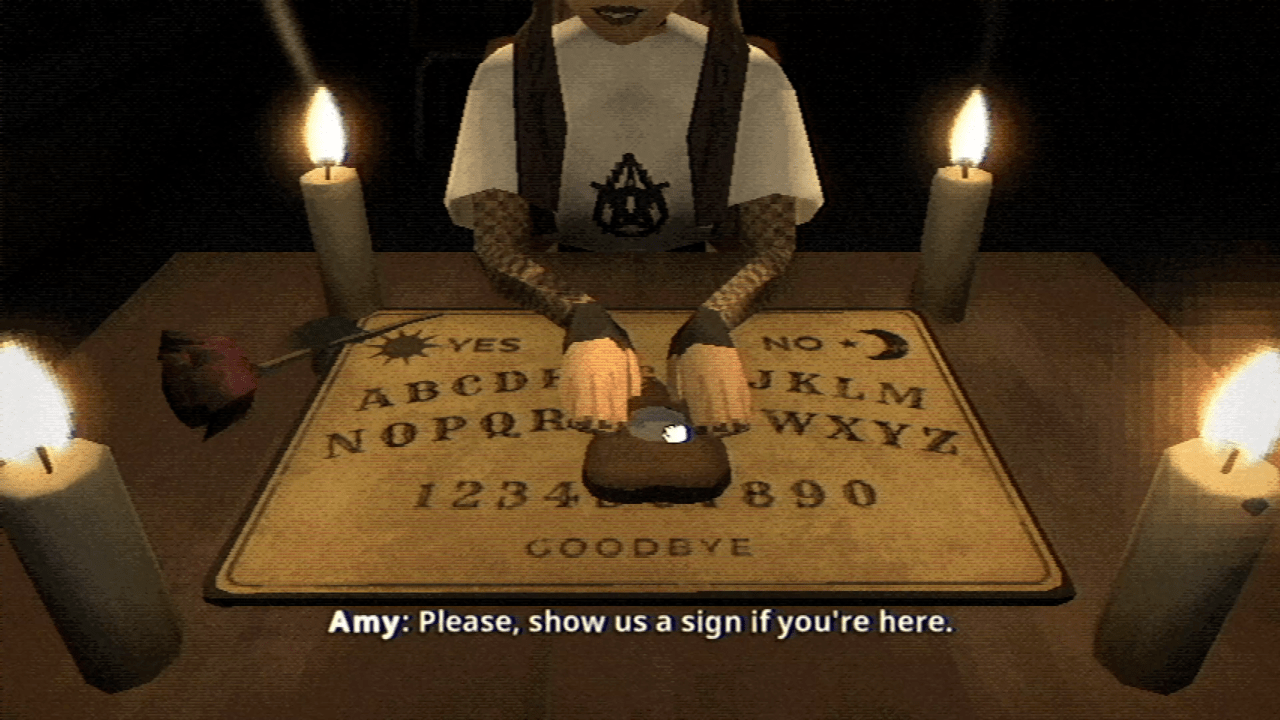
The graphics in Fear the Spotlight feature a blocky, charming PS1 aesthetic, part of a retro revival trend among indie developers. Titles like Crow Country, also reviewed by Seasoned Gaming earlier this year, adopts a similar, albeit grungier art style. Fear the Spotlight proves that you don’t need ultra-realistic graphics to deliver an eerie and engaging horror experience. In fact, a couple of moments while playing genuinely startled me, which I did not expect.
The game builds an oppressive, unsettling atmosphere, especially in the labyrinthine hallways of the abandoned school. Small, haunting details, such as shadows darting across your periphery or glowing eyes appearing atop bookshelves, are sprinkled throughout, which did a great job at keeping me on edge during my playthrough. These subtle touches made exploration rewarding, and I found myself wanting to scour every corner to ensure I didn’t miss anything.
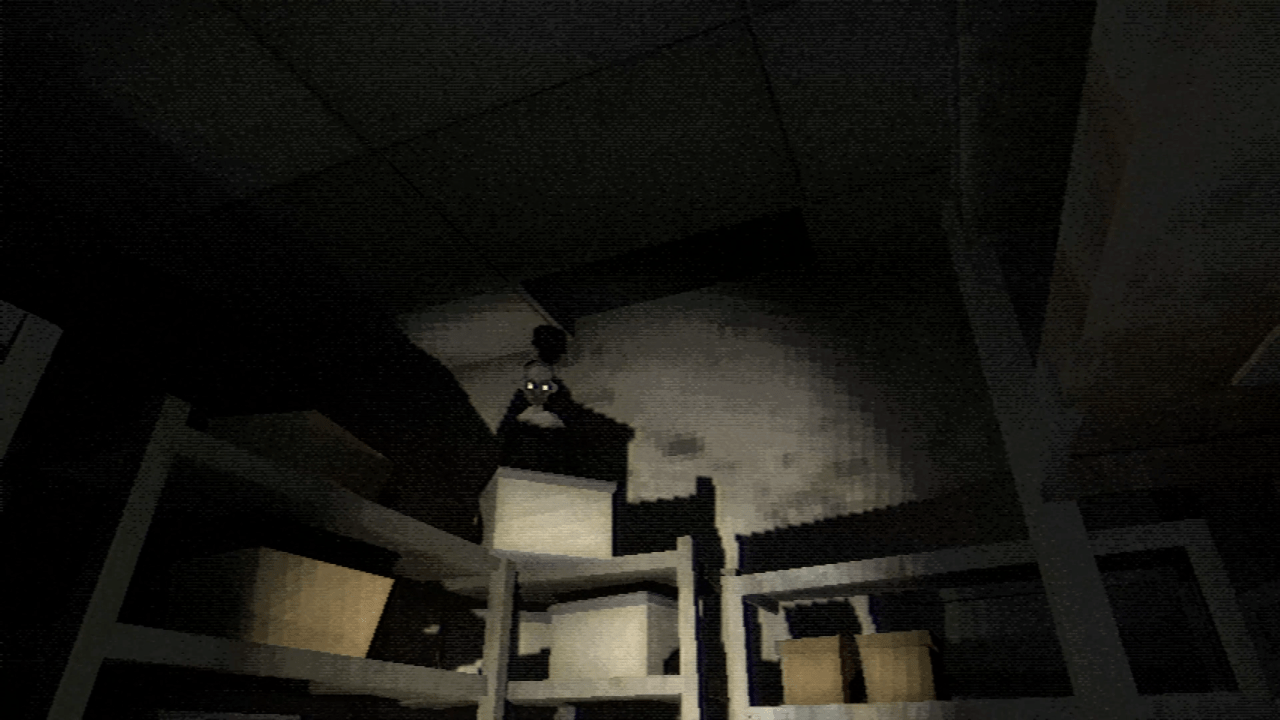
While the majority of the game takes place in the school, the developers wisely introduce a change of scenery partway through the narrative, avoiding any sense of environmental fatigue. Without spoiling anything, this shift keeps the setting fresh while maintaining the story’s cohesion and focus on the character’s growth.
Traps, Clues, and Vending Machine Glue
The gameplay in Fear the Spotlight is simple yet enjoyable, though it doesn’t offer much of a challenge. For some gamers, the lack of difficulty might feel underwhelming, but the game’s accessibility makes it ideal for newcomers or players seeking a more narrative-driven experience.

Fear the Spotlight emphasizes emotional depth over complex mechanics or combat, offering a quieter, more introspective experience. While it lacks the intensity of action-heavy horror, it embraces a slower, more thoughtful approach that works in its own right and gives it a unique charm.
Having just finished the Silent Hill 2 remake, I found myself drawing comparisons between the two. Fear the Spotlight feels like a young adult, Silent Hill-lite experience. Like Silent Hill, the game’s loop revolves around solving puzzles, exploring new areas, and gathering items to unlock clues that propel you forward. The puzzles are not overly difficult, and the game smoothly guides players toward solutions, preventing frustration or aimless wandering.
That said, some key items you need to retrieve seem out of place in the environment, such as welding glue in a vending machine. But this quirk also reminded me of Silent Hill, where the logic behind key items often feels equally strange and out of place.
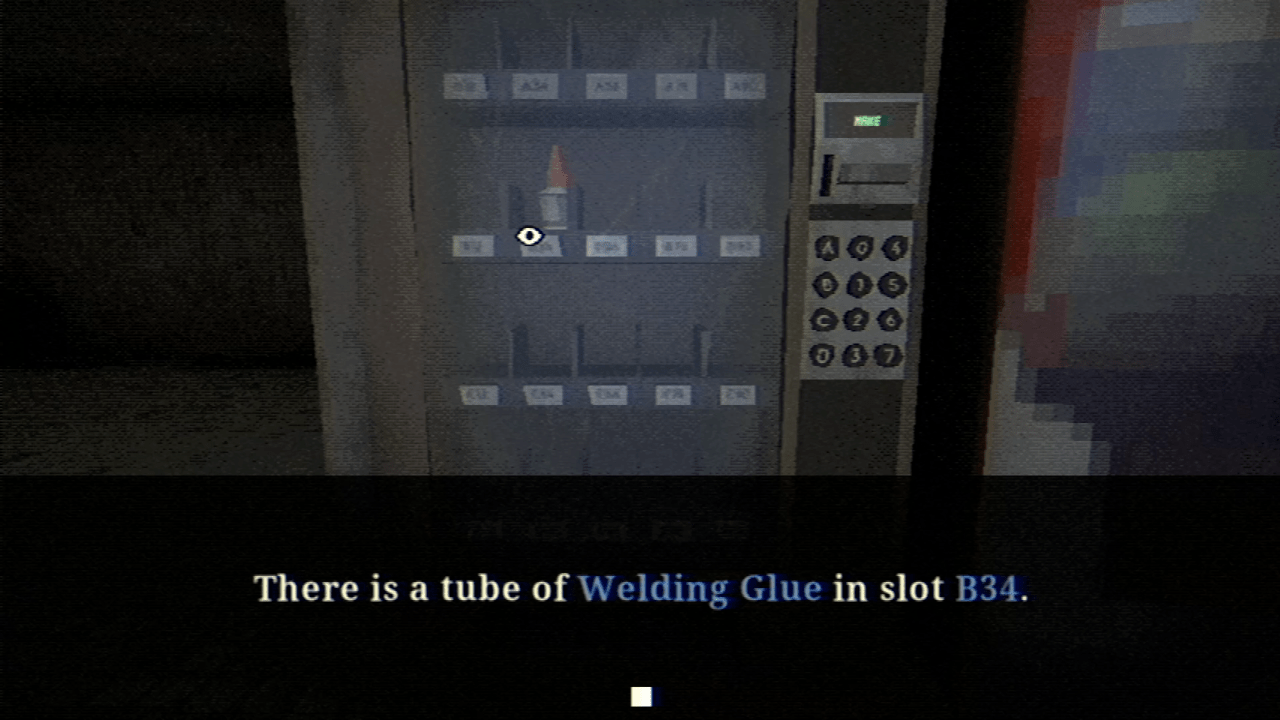
In addition to puzzles, players will sneak past enemies and traps. These stealth sequences, though not particularly challenging either, are engaging enough. However, one of my critiques lies with the camera controls during these periods. When hiding under tables or other parts of the environment, the camera can feel awkward, occasionally obscuring your view or jumping erratically. This makes it difficult to track the threat easily, which can feel a little bit frustrating.
Despite the simplicity in the gameplay, interacting with objects in the environment feels tactile and satisfying. Actions like pulling levers require holding buttons and dragging them, while when playing with the Ouija board, I couldn’t touch the joysticks or else be scolded by Vivian for moving my hand. These small interactive details help the game feel snappy and modern, despite its retro wrapper.
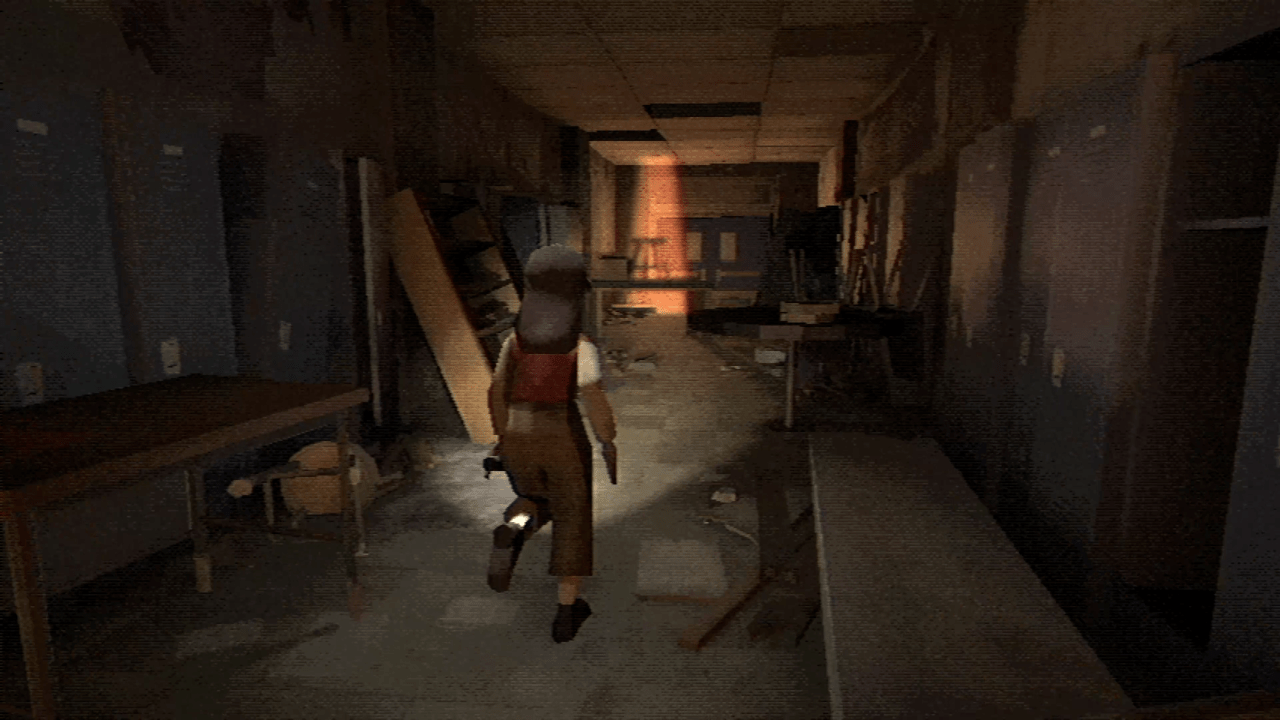
Ultimately, the gameplay in Fear the Spotlight may not break new ground, but it is tightly crafted and enjoyable. While it might feel too easy for some, this simplicity will work in favor of younger audiences or those looking for a more accessible horror experience. The mechanics may be straightforward, but the narrative adds emotional depth, which helps elevate the experience and makes Fear the Spotlight a game worth checking out.
Fear the Light and the Dark
The narrative is where Fear the Spotlight truly shines. The story follows two friends, Amy and Vivian, who sneak into their school after hours to hold a Ouija board session. Years ago, a fire burned down their school, killing many students in the tragedy, so where better to contact the spirit world? When their session unleashes a malevolent force that separates the two friends, Amy and Vivian must unravel a dark mystery tied to the school’s past, confront personal demons, and find a way to reunite and escape the evil presence that stalks them.
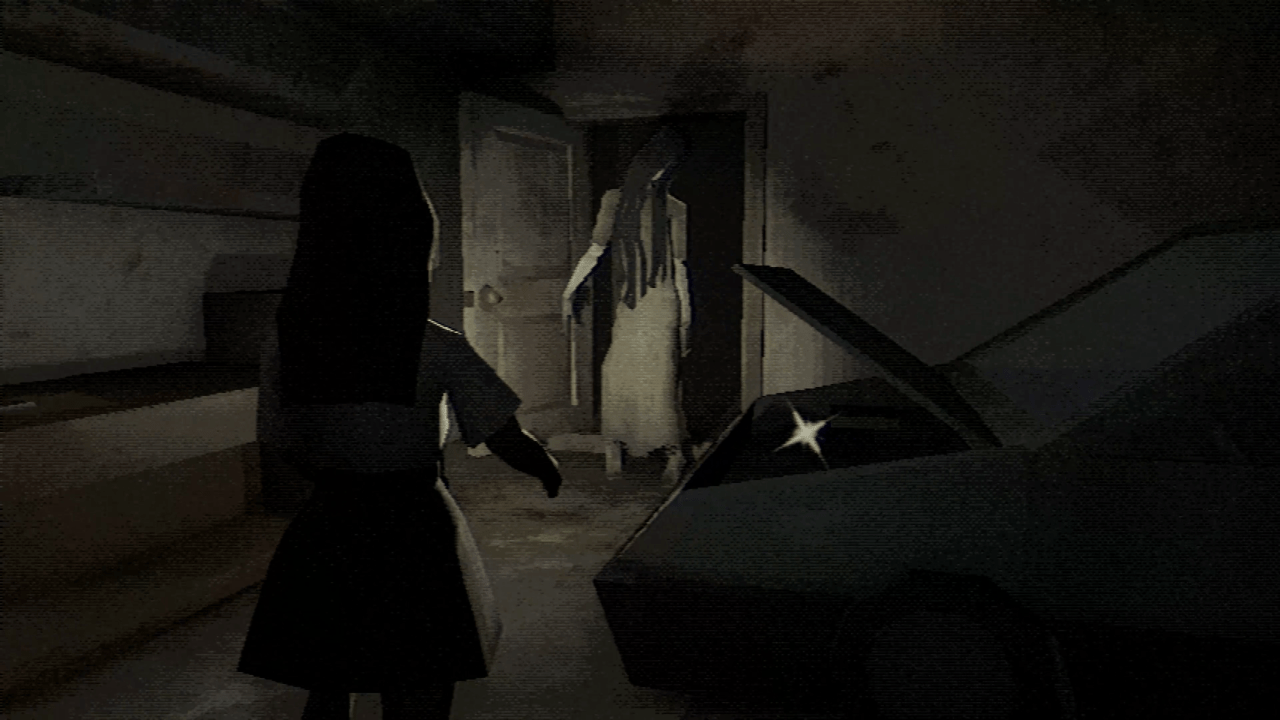
Though the game is firmly rooted in horror, it also finds room for lighter moments and touches on meaningful, real-world issues, like bullying and family trauma. While the gameplay feels accessible for younger players, the themes are heavy and nuanced, lending emotional weight to the story. This is definitely a game that has heart, and it is felt from the opening scene to the closing credits.
Amy and Vivian are well-developed characters with relatable struggles, and their personal growth is as important as their physical survival. The evil force that haunts them is represented by an overpowering light that sweeps through the environment, forcing the player to rely on stealth or flight. There usually is no means of fighting back, leaving the player helpless in its ever-sweeping gaze.
Just when I thought the game was wrapping up, it delivered an unexpected twist, extending the narrative into surprising new territory. This shift allowed the developers to explore new aspects of the story and characters without losing focus on Amy and Vivian’s friendship and struggle. The narrative’s depth and unpredictability elevate Fear the Spotlight, making it a memorable experience that goes beyond simple scares.
Fear the Spotlight is a small yet impactful horror experience that successfully blends nostalgia with emotional storytelling. While it may not deliver heart-pounding challenges or intricate game mechanics, its charm lies in its simplicity, accessibility, and narrative depth. Cozy Game Pals have crafted a game that evokes the spirit of ’90s survival horror without feeling like a direct imitation. Blumhouse’s decision to back this indie title signals an exciting future for the studio’s involvement in games, and Fear the Spotlight serves as a promising first step. It proves that horror can take many forms and still leave a lasting impression.
Whether you’re a fan of retro horror games, narrative-driven experiences, or just looking for a short but memorable game to to play this Halloween, Fear the Spotlight is well worth your time. It may not redefine the genre, but it stands out as a polished indie gem with plenty of heart that leaves me excited to see what both Cozy Game Pals and Blumhouse will do next.
You can find Seasoned Gaming’s review policy here.

